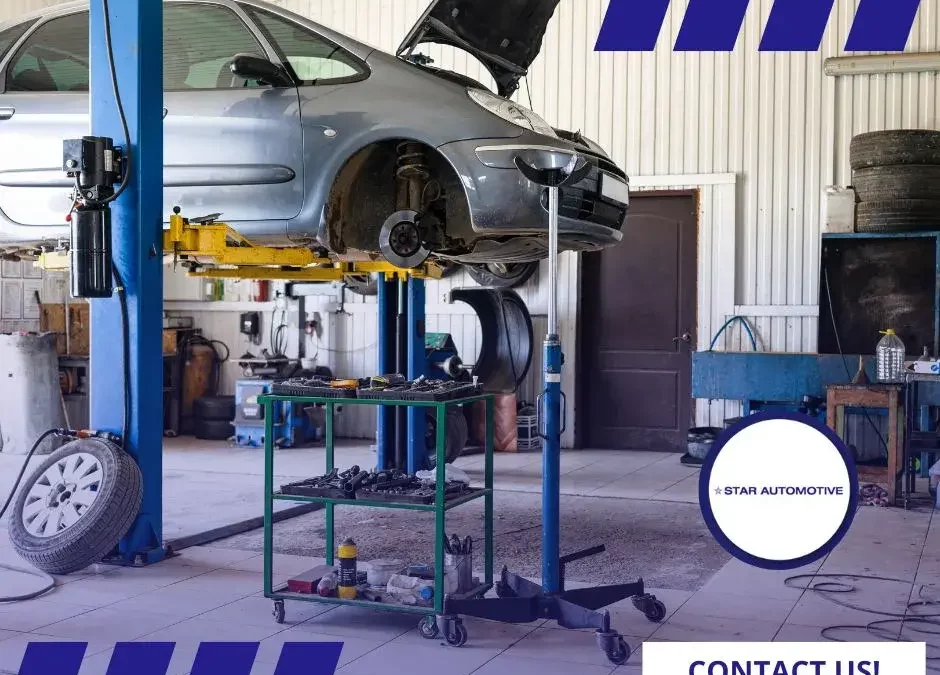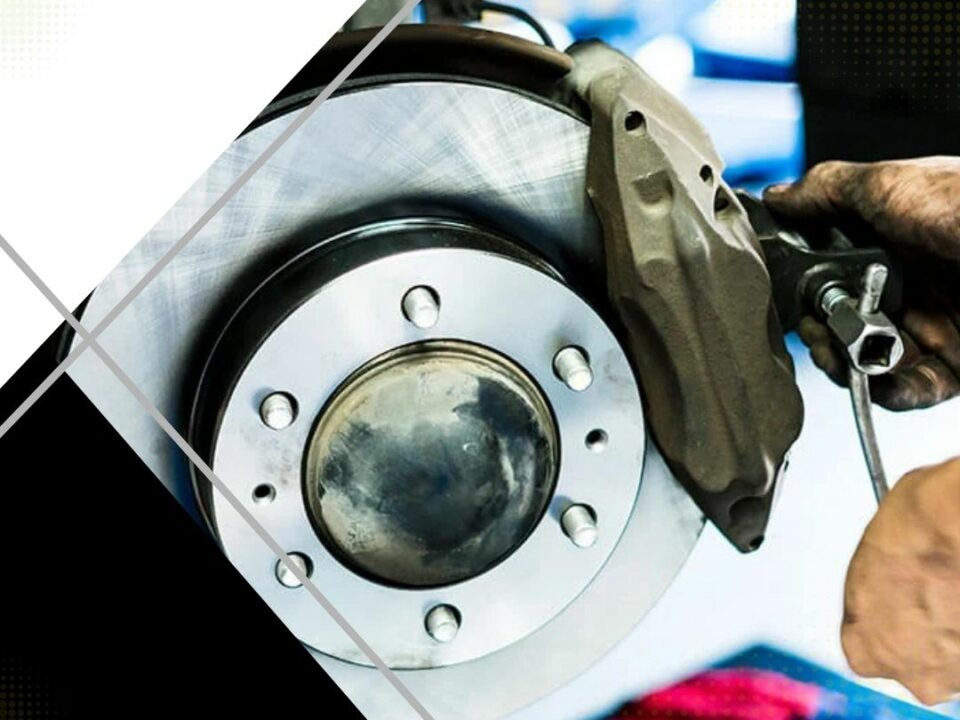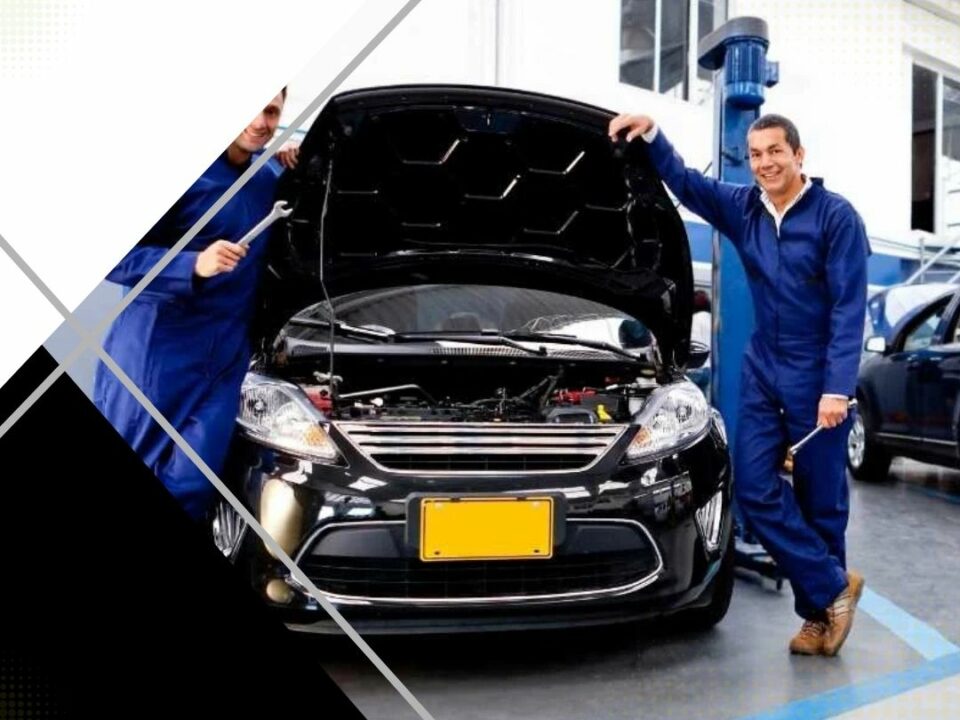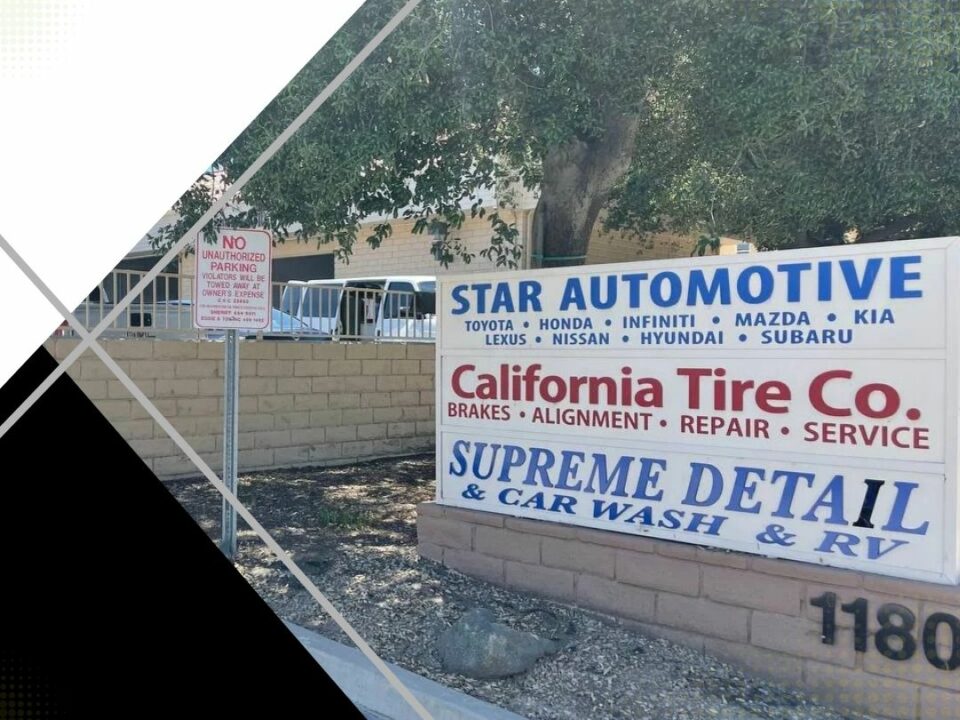
Essential Preventive Maintenance Procedures for Your Vehicle
November 13, 2024
Top 10 Preventive Maintenance Procedures for Your Vehicle
November 13, 2024Preventive maintenance is the cornerstone of vehicle ownership, ensuring safety, reliability, and cost-effectiveness. Car owners who adhere to a meticulously structured maintenance regimen—comprising tasks such as systematic oil changes, timely air filter replacements, and vigilant tire management—reap the benefits of enhanced performance and longevity. Understanding manufacturer guidelines and harnessing digital tools for scheduling can further streamline this process. Yet, this overview merely scratches the surface. What other crucial procedures and innovative strategies can savvy car owners adopt to elevate their preventive maintenance game and potentially transform their driving experience?
Essential Maintenance Tasks
In the realm of vehicle care, essential maintenance tasks form the backbone of a car’s longevity and performance. To ensure a vehicle operates optimally, it is imperative for car owners to engage in fundamental practices that prevent premature wear and costly repairs.
The first task involves regular oil changes, which are crucial for maintaining engine health by reducing friction and removing contaminants. Equally important is checking and replacing the air filter to ensure the engine breathes efficiently, thus enhancing fuel economy and reducing emissions.
Tire maintenance is another critical aspect, as it directly influences safety and fuel efficiency. Regularly inspecting tire pressure and tread depth ensures proper vehicle handling and optimal fuel consumption.
Additionally, routine brake inspections are vital, as they provide assurance of stopping power when most needed, preserving both the vehicle and its passengers.
Scheduling and Frequency for Preventive Maintenance
Beyond the foundational tasks of car maintenance, establishing an effective schedule is paramount for sustaining vehicle health. This involves understanding both manufacturer recommendations and personal driving habits. The owner’s manual is an indispensable guide, offering timelines for various components like oil changes, tire rotations, and brake inspections. Adhering to these recommendations ensures that the vehicle operates efficiently and safely over time.
Cultural insights reveal that maintenance practices can vary globally. In regions with harsh climates, more frequent checks may be necessary due to increased stress on vehicle components. For instance, in areas with severe winters, antifreeze levels and battery performance require closer monitoring. Conversely, in warmer climates, tire pressure and coolant levels become crucial focal points.
Technically, developing a schedule can be streamlined by utilizing digital tools and apps designed to track maintenance history and send reminders. These resources foster a sense of community among car enthusiasts, sharing best practices tailored to specific models and environments.
Regularly reviewing and adjusting the maintenance schedule in response to driving conditions, age of the vehicle, and technological advancements ensures that car owners remain proactive, safeguarding their investments and enhancing their driving experience.
Incorporating preventive maintenance procedures is crucial for ensuring vehicle longevity and optimal performance. While some car owners may perceive regular maintenance as burdensome, it ultimately prevents costly repairs and enhances safety. By adhering to manufacturer recommendations and utilizing digital scheduling tools, car owners can effectively manage maintenance tasks. This commitment fosters a deeper understanding of vehicle mechanics, contributing to a culture of responsibility and sustainability within the automotive community, thereby evoking a sense of accomplishment and security.




